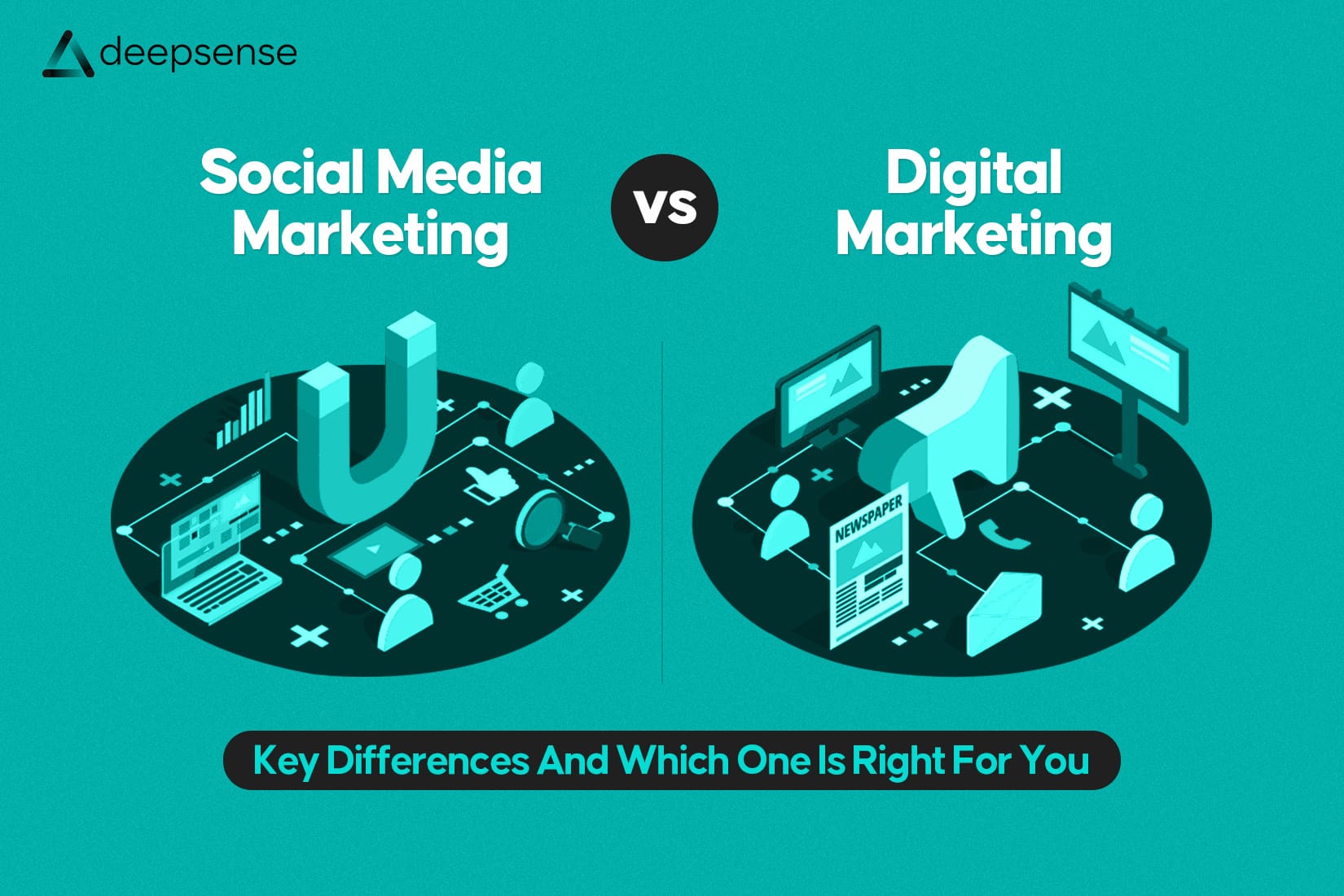Let’s be honest, we all hate repeating ourselves.
Whether it’s explaining our issue to multiple customer service reps or seeing totally unrelated product suggestions after we just bought something, it’s frustrating. That’s exactly what omnichannel marketing aims to solve.
In this guide, we’re diving deep into what omnichannel marketing really means, how it’s different from multichannel marketing, and most importantly, how you can implement it successfully in your business to improve customer experience, retention, and revenue.
What is Omnichannel Marketing?
In simple terms, omnichannel marketing is all about delivering a unified, consistent experience across every customer touchpoint, both online and offline.
It ensures that whether your customer interacts with your brand via your website, Instagram, mobile app, WhatsApp, email, or your physical store, the experience feels seamless, informed, and personalized.
It’s not just about being present on all channels, it’s about being connected on all channels.
Real-Life Example: Starbucks
You order ahead on the Starbucks app, pick up your drink in-store, and then receive a personalized coupon by email later, that’s omnichannel in action. The app knows your order history, the store knows when to prep, and the email nudges you to return. Everything’s connected.
Omnichannel vs. Multichannel: What’s the Difference?
Feature
Multichannel
Omnichannel
Presence
Multiple platforms
Multiple, connected platforms
Experience
Isolated per channel
Unified across all channels
Customer Data
Stored separately
Synced and shared
Goal
Reach
Relationship & retention
Key takeaway: Multichannel is about spreading out. Omnichannel is about tying it all together.
Why Does Omnichannel Marketing Matter in 2025?
Today’s customer journey is no longer linear. A person might discover you on Instagram, compare prices on your website, read reviews on Google, then buy in-store.
Here’s what the data says:
Companies with strong omnichannel strategies retain 89% of customers, compared to 33% for those with weak strategies.
Omnichannel customers spend 30% more than single-channel shoppers.
90% of customers expect consistent interactions across channels.
If your brand isn’t integrated across platforms, you’re not just missing opportunities, you’re leaving money on the table.
How to Build an Effective Omnichannel Marketing Strategy
Let’s break it down step by step:
- Understand Your Customer Journey
Map out how your audience interacts with your brand. What platforms do they use? When and why do they switch from one channel to another?
Use tools like Google Analytics, Hotjar, or HubSpot to identify behavioral patterns.
- Unify Your Customer Data
Centralize all your data using a Customer Data Platform (CDP) or CRM. This allows you to track user behavior, preferences, and purchase history across all touchpoints.
Tools: Salesforce, Zoho CRM, Segment
- Ensure Consistent Messaging and Design
Whether it’s a push notification, Instagram ad, or email newsletter, the tone, design, and messaging should all feel like it’s coming from the same brand.
Pro tip: Create a brand style guide for content teams to ensure consistency.
- Invest in Marketing Automation
Use automation to trigger personalized messages based on customer actions.
Examples:
Abandoned cart email
Location-based SMS
Loyalty reward reminders
Tools: Klaviyo, MoEngage, Mailchimp, ActiveCampaign
- Train Your Team Across Departments
Omnichannel is not just a marketing function, it’s a business-wide effort.
Ensure your sales, support, logistics, and product teams are all aligned with the customer experience goals.
- Test, Measure, and Optimize
Track KPIs like:
Channel engagement rates
Cross-channel conversion
Customer satisfaction (CSAT)
Customer retention and LTV
Use insights to refine and personalize even more.
Key Channels in Omnichannel Marketing
Here’s how brands typically stitch together the experience:
Website
Mobile App
Social Media (Instagram, LinkedIn, YouTube)
Retail Store
WhatsApp/SMS
Customer Support Chat
The magic lies in integrating these touchpoints into one continuous conversation.
Omnichannel Marketing Use Case: D2C Brand
Let’s say you run a D2C skincare brand:
A user clicks your Instagram reel and lands on a product page.
They sign up for 10% off — and receive a welcome email.
They abandon the cart — you send a retargeting ad + WhatsApp reminder.
They purchase and get order updates via SMS.
Post-purchase, they get an email to leave a review + upsell offer.
This is an automated, personalized journey across multiple channels, and it keeps your brand top of mind at every step.
Common Omnichannel Mistakes to Avoid
Treating each channel as a silo
Inconsistent branding across platforms
Spamming instead of personalizing
Not training your customer support on past interactions
Neglecting post-purchase experience
Final Thoughts
Omnichannel marketing isn’t a buzzword, it’s the future of customer engagement.
In a world where attention is fragmented and customer journeys are unpredictable, brands that show up cohesively, consistently, and contextually across all platforms will win. Period.
It’s not about being everywhere, it’s about being relevant everywhere.
So, whether you’re a small business or a global brand, now’s the time to audit your channels, connect the dots, and build journeys your customers will remember, and return to.
FAQs
1.What is the meaning of omnichannel marketing?
Omnichannel marketing is a strategy that delivers a seamless customer experience across all platforms and touchpoints, online and offline. It ensures your brand message, tone, and service feel consistent whether someone is browsing your website, visiting your store, engaging on social media, or chatting with customer support.
2.What are the 4 pillars of omnichannel?
Customer-Centric Approach – Putting the customer at the heart of all touchpoints.
Channel Integration – Seamless coordination between online and offline channels.
Consistent Messaging – Unified brand voice across all platforms.
Data-Driven Decisions – Using customer data to personalize experiences and optimize engagement.
3.What is an example of an omnichannel?
A perfect example is Starbucks. You can order via their app, pick it up in-store, earn rewards both online and offline, and get targeted offers via email, all while experiencing the same brand feel everywhere.
4.What is the full form of omnichannel?
“Omni” means “all” or “every”, so “Omnichannel” refers to engaging customers across all available channels in a unified way. It’s not an acronym, so there’s no full form, it’s a descriptive term.
5.Is Amazon omnichannel?
Yes, Amazon is a strong omnichannel player. While it began as an e-commerce platform, it now combines online shopping, Alexa voice ordering, physical stores (like Amazon Go and Whole Foods), and app experiences—creating a unified shopping journey.
6.Why is it called omnichannel?
It’s called “omnichannel” because it integrates all channels, from physical stores and websites to mobile apps, social media, email, and customer support, into one connected ecosystem for a seamless user journey.











